NEEMO: Where NASA astronauts train for deep space missions...in an underwater lab?
In the past, some have commented on my articles about undersea habitats to the effect that NASA ought to use them to train astronauts in preparation for a return to the Moon, or a mission to Mars. Indeed, that's such a good idea that NASA had it already back in 2001 and have been doing it ever since. There's been 21 NEEMO missions to date, with no end in sight.
NEEMO missions are carried out from Aquarius Reef Base, which you'll know from past articles is the only remaining open ocean undersea habitat in the world. Typically lasting between one and two weeks, during each mission a crew of six aquanauts endeavor to perform tasks that will be necessary on the Moon or Mars, but out in the ocean.
The undersea environment makes a better analog for space than you might think, because weight is variable. Humans are naturally buoyant, it takes added weights to keep them from floating. Add precisely the right amount of weight, and you can simulate what somebody would weigh on the Moon, Mars, or in low Earth orbit.
To aid in the simulation, seafloor structures are often erected adjacent to Aquarius representing a lunar hab, or a manned rover, or a rock wall which is meant to simulate the surface of an asteroid. Detailed methodology for what is basically rock climbing but in zero G did not exist until a NEEMO crew devised it on their own, based on direct experience navigating the rock wall set up nearby the Aquarius habitat.
On top of that, during NEEMO 16, a pair of Nuytco Deep Worker 2000 submersibles accompanied the aquanauts for their simulated mission to an asteroid. These one-seater subs stood in for the anticipated asteroid exploration vehicle NASA planned to build at the time, before political support shifted away from an asteroid exploration mission and towards a "straight to Mars" approach.
These submersibles dove from the surface, then returned to a surface support vessel afterwards, as Aquarius does not include a sub hangar to receive them (like Conshelf 2 did). The pilots, always at sea level air pressure, did not saturate with nitrogen and thus did not need to decompress before surfacing. The fine, delicate maneuvering that the Deep Worker subs are capable of made for an accurate simulation of how an asteroid exploration vehicle might maneuver in microgravity.
These exercises answered many important questions. What is the best way for an astronaut to explore the surface of an asteroid? Tethered to his capsule? Untethered? Or mounted by his feet to the end of the exploration vehicle's articulated robot arm, as ISS astronauts often do while effecting repairs.
Even more basic issues of locomotion are also under investigation. How do you safely move large loads on the surface of a body with minimal gravity, but gravity nonetheless? How do you safely climb a ladder while laden with supplies? How do you descend a rope safely in Lunar gravity?
How do you dig a hole, and is there a better tool than a conventional shovel for doing this on the Moon or Mars, given the consistency of their regolith? What happens if you get hurt? How should a wounded astronaut be transported back to the hab, in such a way as to minimize further injuries from moving him/her?
These may seem like laughably simple tasks, but because you take your own learned motor skills for granted. After a lifetime of practice under normal Earth conditions, you're hopefully an expert at moving around and manipulating your environment. But all of that experience goes out the window when you're sent to another world with drastically different conditions.
Practicing the basics here on Earth where it's much cheaper and safer "front loads" as much relevant experience into the astronauts most likely to be sent on such missions as possible, before we cross our fingers and launch them into the unknown. It's all about hyper-preparing them for every possible eventuality, even little mundane stuff.
It is after all difficult or impossible to anticipate which mundane little detail will cause a catastrophe, too far from Earth for us to send any help. Murphy's law states that anything which can go wrong, will go wrong. The purpose of NEEMO is, by process of elimination, to prepare astronauts for everything which could conceivably go wrong. Suck it, Murphy.
On a fun, final note: Everybody's favorite astronaut Chris Hadfield has participated in NEEMO. Below you will see him in Aquarius Reef Base, demonstrating some basic physical principles to do with air/water pressure using a can of Coke.
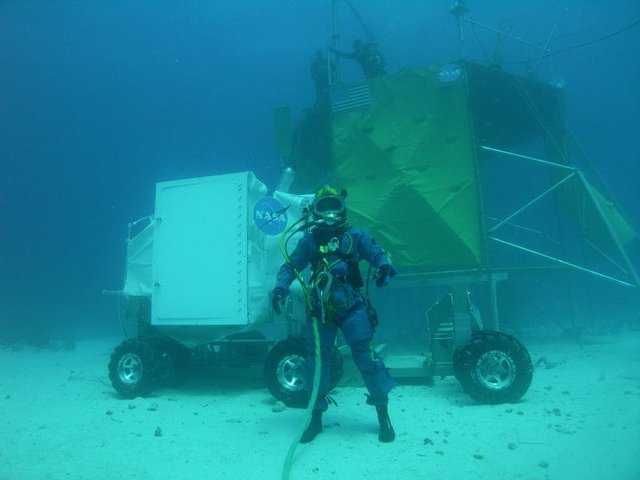

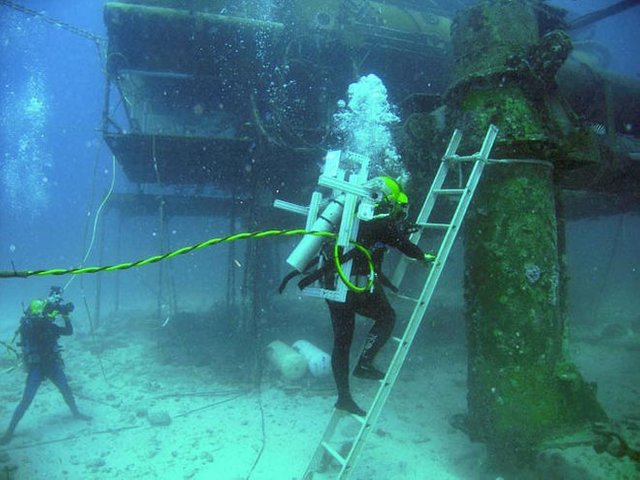

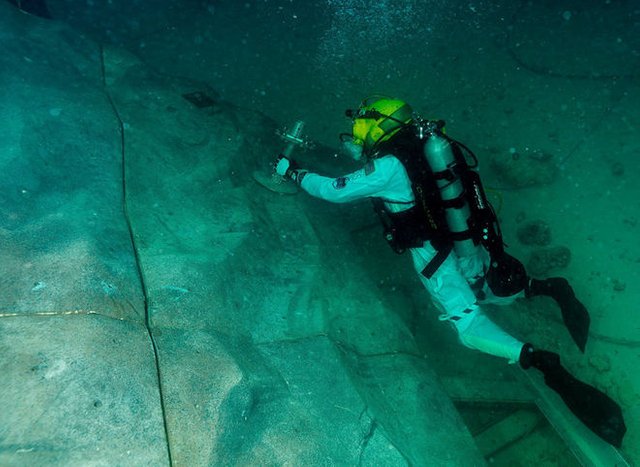
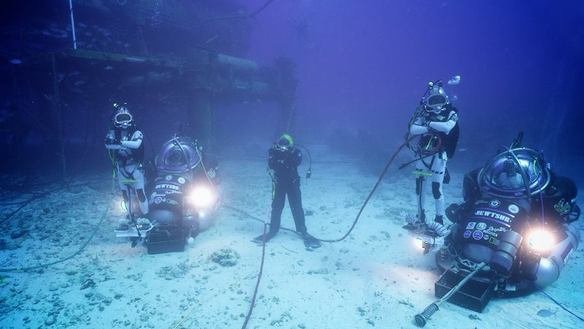

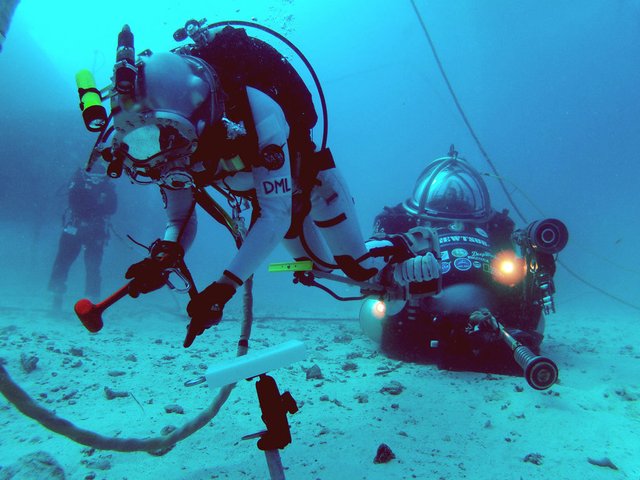

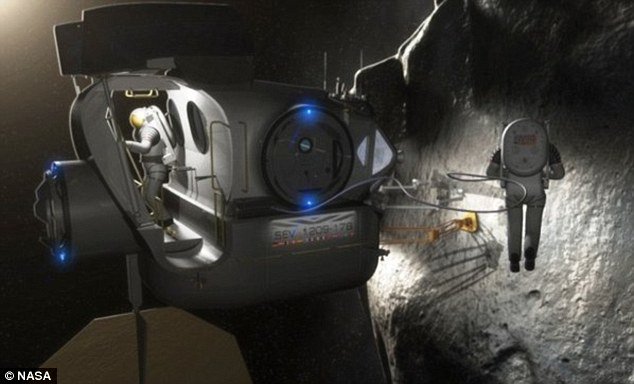
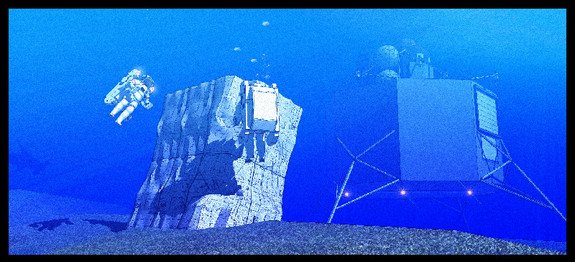



I really didn't know this. Its fascinating because as I read more it made perfect sense! What fantastic training for them!
You guys inspire me! I would love to see more videos and hear more stories in the future.
Loved the article. Since I was a child and watched the first Space Shuttle flight, I have had an intense fascination with space. Now with the discussion of moon and Mars on the horizon, it's cool to see how the astronauts will be trained for deep space travel.
I have upvoted this content and featured it on my semi-regular hidden gems blog . Loved this piece.
We're much alike, except that I grew bored of space by age 20 or so and became fascinated by undersea habitats, submarines and so on instead.
New developments happen in this field much faster than in manned spaceflight due to the cost difference, so there is always more to learn.
Count me in.
I'll do under water before I do space. I want one of those one-man subs to explore the Gulf.
Kudos to astronauts and aquanauts for their dedication to science and exploration.
A personal sub is also a dream of mine. If you are interested, one of my prior posts covered some of the personal subs available today, from the high end down to the cheapest.
Fun reading about this. Underwater astronaut training looks like a lot of hard work, but also very interesting and enjoyable. I've always thought it's amazing how much thought has to go into planning basic motor tasks that we normally take for granted. If I was rich I'd love to buy my way onto an ISS mission with the Russians or something.
Isn't there some ongoing competition to win a seat on a planned one-way mission to Mars being put together by some private company? I wonder whatever happened with that. I remember hearing about it on the news and thinking I'd sign up if only I didn't have any family to worry about, and then I lost track of it.
There was. "Mars One". But of course it didn't amount to anything. It is doubtful whether Bas Lansdorp, the man behind it all, ever expected it to.
Too bad that fizzled out, but at least it's encouraging that people are thinking along those lines and the public is receptive to it. The groundwork is being laid so that when the time comes, hopefully there will be enough political will in place for a real mission to occur. It's only a matter of time.
This post has been linked to from another place on Steem.
Learn more about linkback bot v0.4. Upvote if you want the bot to continue posting linkbacks for your posts. Flag if otherwise.
Built by @ontofractal